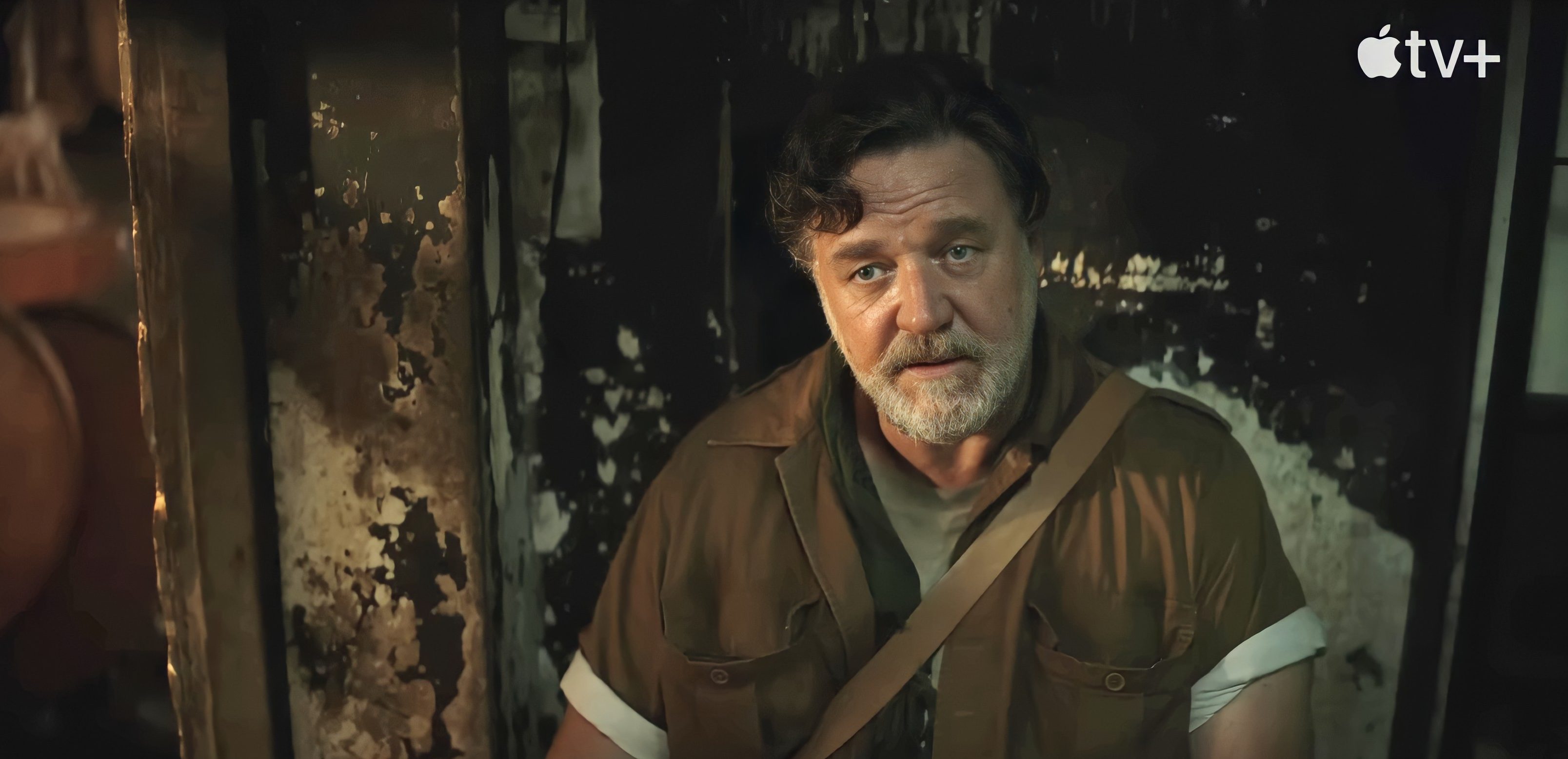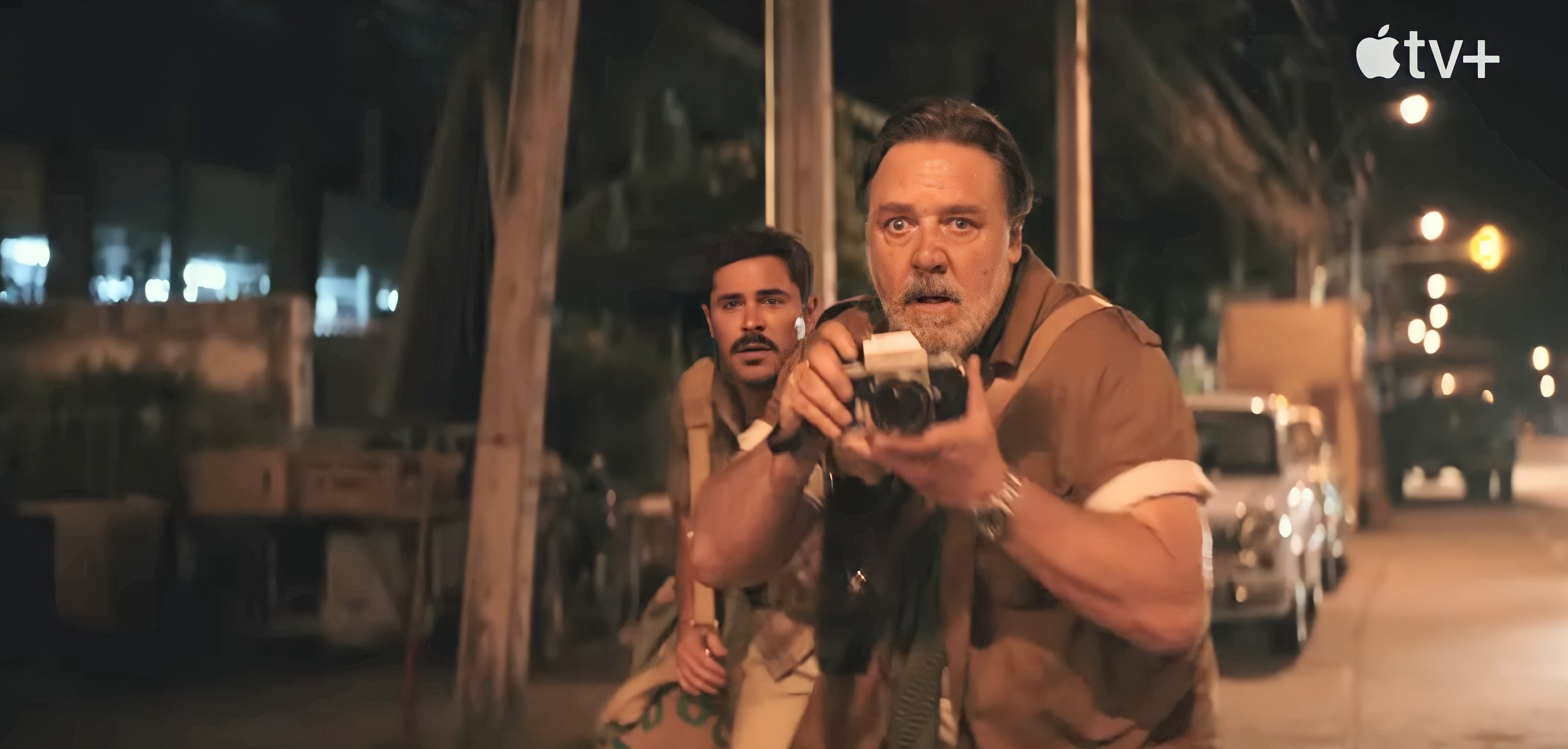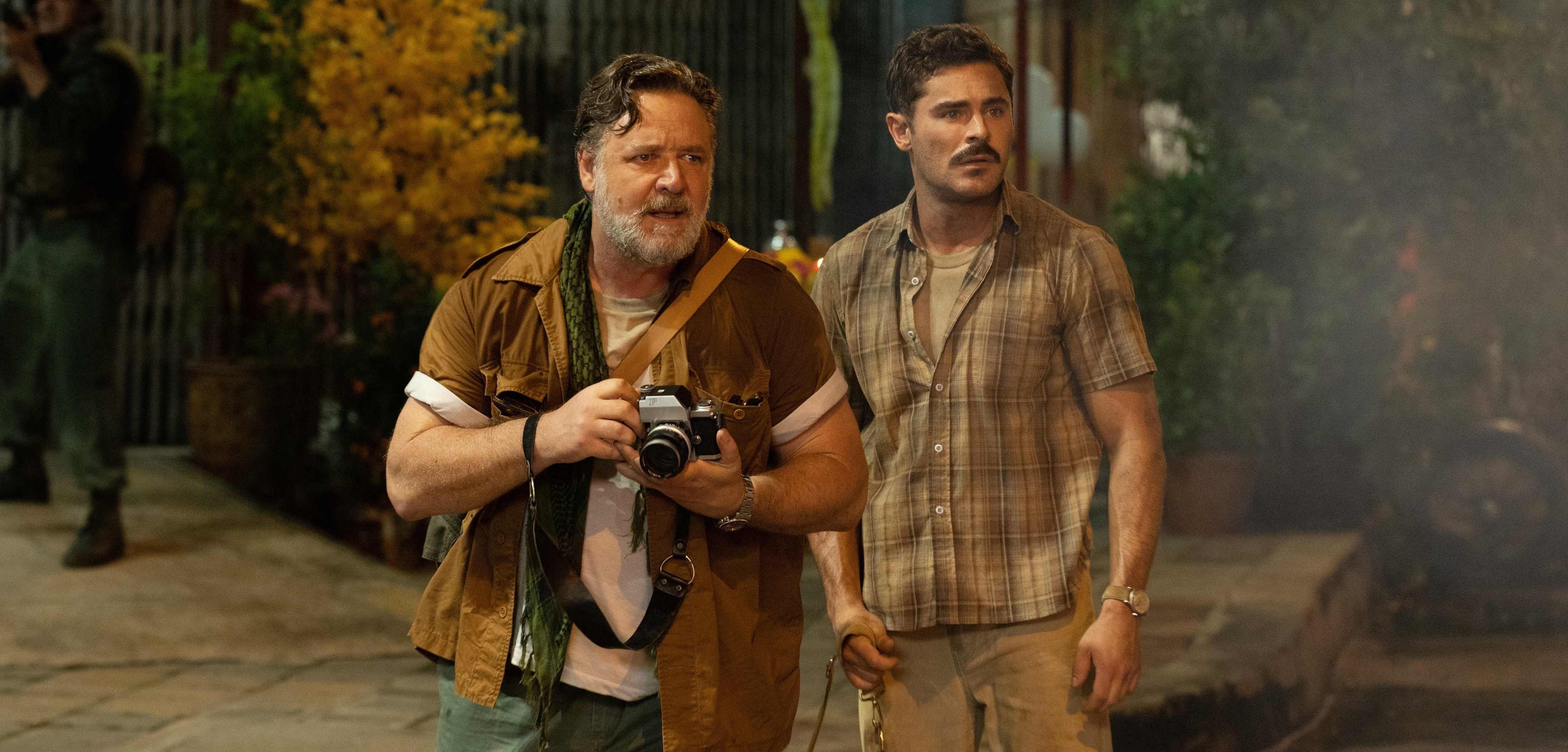Directed by Peter Farrelly, Apple TV+’s war film ‘The Greatest Beer Run Ever’ revolves around John “Chickie” Donohue, a 26-year-old US Marine Corps veteran who travels to Vietnam during the Vietnam War to give his friends tins of beer as a token of gratitude and support. After arriving in Vietnam, Chickie encounters Arthur Coates, an unapologetic and honest war photographer and journalist who criticizes the United States’ involvement in the War. Acquaintance with Arthur not only rescues Chickie from bullets but also changes his understanding of the Vietnam War. Since he plays a crucial role in Chickie’s “beer run,” the viewers may want to know whether he is based on an actual person. Here’s what we know about the same!
Arthur Coates is an Original Character Representing Correspondents Who Met Chickie
When the Vietnam War happened, around 600 accredited journalists from several countries were present in the Asian country to unravel the truth about the hardships of the war. From Eddie Adams to Nick Ut, several photographers were among the hundreds of journalists. Arthur Coates is not based on any such particular journalist/photographer. There isn’t any mention of an “Arthur Coates” in John “Chickie” Donohue and Joanna Molloy’s non-fiction book ‘The Greatest Beer Run Ever: A Memoir of Friendship, Loyalty, and War,’ the source material of the film.

Russell Crowe’s Arthur Coates was conceived by screenwriters of the film Peter Farrelly, Brian Currie, and Pete Jones. “[The character of] Russell is an amalgamation of many correspondents that Chickie met over there, and we just took all their stuff and put it into one person,” Farrelly revealed to Deadline. “We needed somebody with the gravitas and authority of a Peter Arnett or the Vietnam War correspondent Tim Page. We called both those guys for advice and opinions on certain things and they were extremely helpful,” the director added.
In the film, Chickie and Arthur get closer when the Tet Offensive, Viet Cong’s attack on Saigon, happens. Together, they escape from the Hotel Caravelle and move towards the US Embassy, which gets attacked by the Viet Cong forces. When officials set out to shoot down Chickie and Arthur, the photographer saves both of them by showing the officers his press identity card. However, in reality, Chickie was rescued by the manager of the Hotel Caravelle during the Tet offensive at Saigon. The person, whom Chickie called “Papasan,” helped Chickie to go past the South Vietnamese National Police officers who aimed guns at them instead of a journalist.
In Farrelly’s film, Arthur also helps Chickie to meet the latter’s friend Bobby Pappas, who is stationed in Long Binh. When an explosion happens at Long Binh, Arthur drives Chickie to the US base for the latter to meet Pappas. In reality, Chickie managed to get into a convoy that was going to Long Binh to meet Pappas rather than receiving the help of a journalist.

“At first light, I hustled up with a convoy that was speeding straight to Long Binh on Highway 1A, the long spine of Vietnam that the French had built from the southern tip at Nam Can to China, 1,400 miles north,” Chickie wrote in the source text of the film. “We arrived at Long Binh, and the truck stopped at the gate. […] The communications bunker was right in the center of it all. I walked in and—I’ll never forget it—amidst all the chaos, there was Bobby, with not a smudge on him,” he added.
Even though Arthur is a fictional character, Farrelly succeeded in blending the courage, resilience, and responsibility displayed by several renowned journalists/photographers during the Vietnam War to form the character. Arthur’s determination to stay in the country to cover the War, even when a door opens for him to return to the United States, was present in numerous real-life journalists who put their lives on the line for the world to witness the sacrifices and atrocities that happened during the Vietnam War.
Read More: The Greatest Beer Run Ever Ending, Explained


You must be logged in to post a comment.